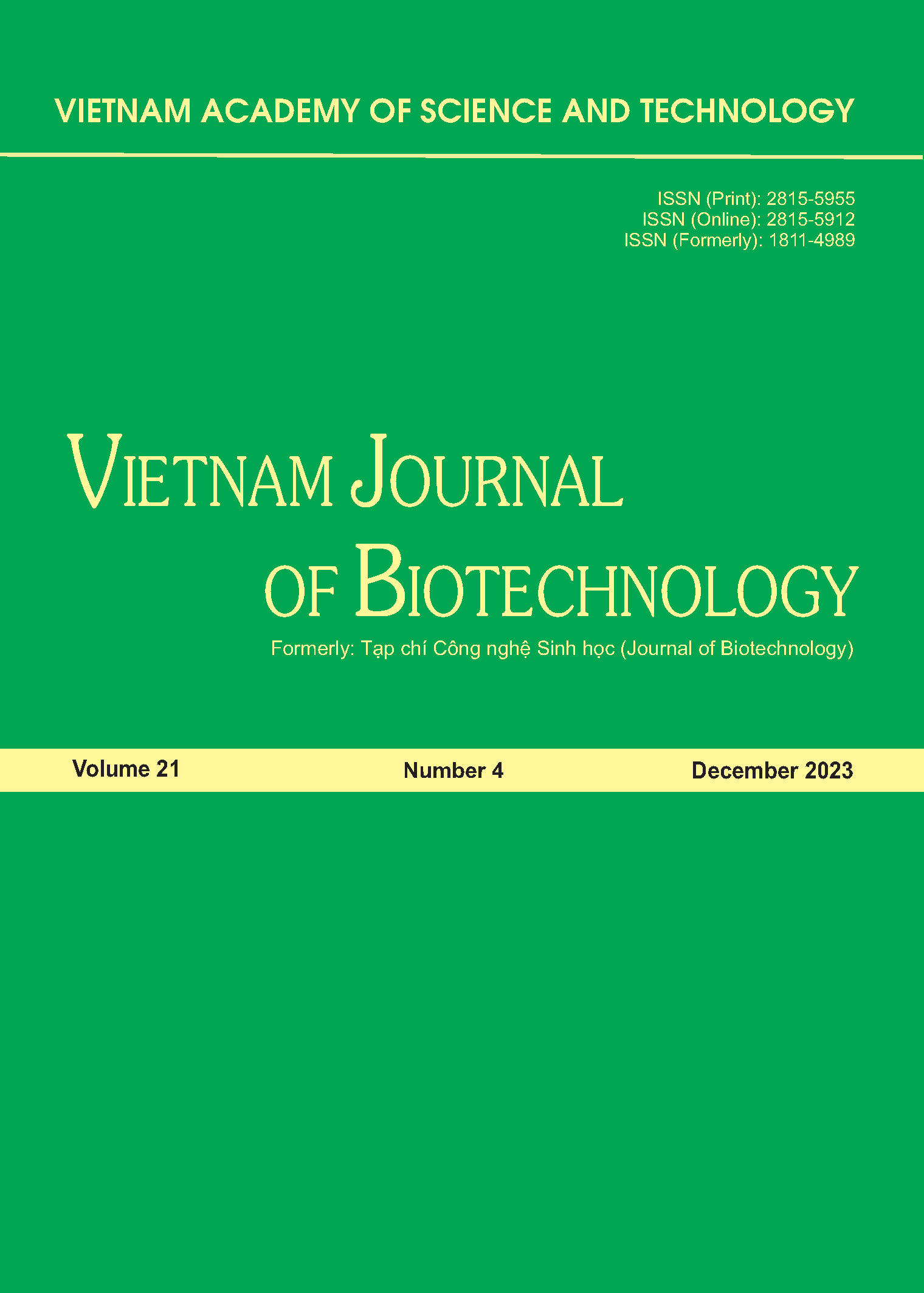Synthesis of IR780-chlorambucil as a photosensitiser for treating MCF-7 and HepG2 cancer cells
Author affiliations
DOI:
https://doi.org/10.15625/1811-4989/19541Abstract
Phototherapy is a targeted method for eradicating cancer cells with minimum collateral harm to healthy tissue. The method requires a photosensitiser for cancer realtime monitoring and treatment. Photosensitiser which composes from fluorophore and chemodrug would be an advantage compares to another since it could play many roles such as giving the image of cancer, generating the heat and releasing the drug to kill the cancer cells. IR-780 iodide, heptamethine Cyanine dye, has been used as an ideal platform to construct theranostic agents for cancer imaging and therapy. Chlorambucil (CHL) is an effective chemodrug for cancer therapy which have been ultilized for conjugation to synthesis new drug. Thus, in this study we report a study that combines IR780 and CHL for phototherapy purpose. The new synthesis of IR780-CHL has been confirm the structure by liquid chromatography – mass spectrum (LC-MS) and 1H nuclear magnetic resonance (1H NMR). The LC-MS findings indicated a mass of 616.35 MW, which corresponded to our predicted fraction. While the 1H NMR demonstrated the presence of resonant peaks in IR780-CHL that are exclusive to CHL and IR780. UV-Vis measurements have revealed that the absorbance of IR780-CHL has moved to 756 nm instead of 780 nm. Before and after laser activation, the toxicity of IR780-CHL was comparable to that of CHL, indicating that the synthesis did not influence the in vitro effectiveness of the drug treatment. The development of IR780-CHL has considerable potential for cancer detection and treatment.







